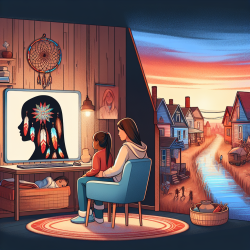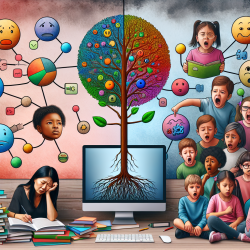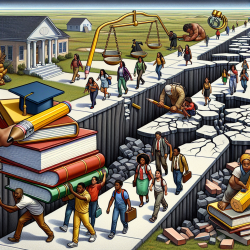Introduction
Child sexual abuse (CSA) is a grave public health issue, with Indigenous Canadian children facing disproportionately high risks. A recent study, "Prevalence, Correlates, and Sequelae of Child Sexual Abuse (CSA) among Indigenous Canadians: Intersections of Ethnicity, Gender, and Socioeconomic Status," highlights the urgent need for trauma-informed services tailored to these communities.
Key Findings
The study reveals that CSA rates among Indigenous Canadians are significantly higher than global averages. For instance, 35% of boys, 50% of girls, and 57% of trans and gender non-conforming participants reported experiencing CSA. These figures starkly contrast with global estimates of 7.6% for boys and 18.0% for girls.
The research underscores the role of intersectionality, noting that factors such as socioeconomic status and gender identity exacerbate the risk of CSA. The legacy of colonization, particularly the intergenerational trauma from residential schools, is a significant contributor to these elevated rates.
Implications for Practitioners
For practitioners working with Indigenous communities, understanding these findings is crucial. Here are some recommendations:
- Adopt Trauma-Informed Care: Implementing trauma-informed practices can help address the complex needs of CSA survivors. This approach emphasizes safety, trustworthiness, and empowerment.
- Cultural Sensitivity: Recognize the cultural contexts and histories of Indigenous peoples. Engage with community leaders and incorporate traditional healing practices where appropriate.
- Focus on Intersectionality: Consider how overlapping identities, such as gender and socioeconomic status, impact the experiences of Indigenous children. Tailor interventions to address these unique challenges.
Encouraging Further Research
While this study provides valuable insights, there is a need for more quantitative data on CSA among Indigenous Canadians. Practitioners are encouraged to contribute to this body of research, exploring additional risk factors and effective interventions.
Conclusion
Addressing CSA in Indigenous communities requires a multifaceted approach that acknowledges the historical and social contexts of these populations. By integrating trauma-informed care and cultural sensitivity into their practices, practitioners can play a pivotal role in supporting healing and resilience.
To read the original research paper, please follow this link: Prevalence, Correlates, and Sequelae of Child Sexual Abuse (CSA) among Indigenous Canadians: Intersections of Ethnicity, Gender, and Socioeconomic Status.










